Knowing which social media metrics need to be tracked to achieve your goals is imperative to make the best of social media analytics. That’s often easier said than done without any insight into which metrics actually matter.
There are literally hundreds of social media metrics at your fingertips. It can be easy to get overwhelmed by this or focus on vanity metrics, which don’t showcase any real results.
If you’re new to this or simply want a refresher, don’t worry! In this post, we’re going to detail the metrics that can demonstrate how you’re meeting your marketing goals.
What Are Social Media Metrics?
Social media metrics help us measure the value of our marketing efforts. The data and statistics the social media networks provide are not only indicative of your social media performance but the performance of your overall marketing goals.
Some social media metrics are universal, but it’s important to be mindful of the way different networks define and calculate this content. Don’t worry, we’ve outlined it all for you below.
Metrics For Driving Awareness About Your Business or Brand
1. Impressions
If you’re trying to increase your brand awareness, increase sales, or both, it’s crucial to measure your impressions on social media. Your social media strategy should integrate and complement your overall marketing goals; measuring impressions contributes an important piece to the whole delicious pie.
Impressions are most commonly used as a metric in public relations. Public relations and marketing professionals can measure the impact of the content you put out into the world. Impressions are the total amount of times your content has been seen. The more the better, right?
All of the social channels have the ability to measure impressions at a glance. You can even view the impressions per post so that you can see which of your social media content has reached the biggest audience.
Is brand awareness one of your social media and marketing objectives? Driving impressions will be crucial to building awareness of your brand.
2. Reach
Many people get reach and impressions confused. We’ll start this out by telling you the difference so that we’re all on the same page.
Impressions are the total amount of views your content receives and reach is the unique amount of views your content receives. Reach tells you the number of people your content has reached, which tells you the impact of your social media conversation.
How far is your content spreading? What is your total audience size? Your reach will tell you this.
Here’s an example of what Facebook reach looks like for a specific post:
While reaching a large audience is good, it doesn’t tell you everything. It’s important to measure your reach against your impressions, as well as other social media metrics. If you notice your reach is 5,000, but your impressions are 5,500, it means that many people only saw your content once.
People need to see content repeatedly in order to remember it, especially in this day and age where our attention spans are so short.
You can use social media analytics and reporting tools like SocialPilot to keep track of the reach of your posts. SocialPilot provides you with reports (and a dashboard, above) containing a breakdown of all metrics you need to follow for your social posts.
3. Shares & Mentions
Engagements are likes, tweets, comments, reactions, shares. But, they’re much more. They’re also one of the most important metrics to measure in social media. This metric tells you how many people are engaging in conversation with your brand. It tells you how many people are being social with you, which is the entire purpose of social media, right?
Quality content is at the heart of social media campaigns, and we want our audience to share and reply to it. Retweets on Twitter and shares on Facebook are helpful to know if our content is impactful or important enough to share in the eyes of your target audience.
If you’re focused on generating interaction, you’ll want to measure replies and comments. If you’re focused on measuring reach, you’ll want to focus on retweets and shares.
Once you get a handle on measuring your engagements, you’ll be able to effectively identify which content types generate the most engagement and optimize your content strategy. You may be surprised which content performs best (like…Reddit?)!
4. Ad Recall
Wouldn’t you love to know if your audience remembers those ads that you’re showing them? This metric by Facebook lets you find out.
Estimated ad recall is a metric that compares the effectiveness of tactics such as audience and ad creative. You can optimize your ads for this metric so that you’ll reach the audience that’s most likely to remember your social media ads.
Are you wondering how this is calculated? Great question! Facebook calculates this metric by measuring the difference between the predicted recall of people who’ve seen your ads and the number of people who haven’t seen your ads yet.
The estimated recall is based on the number of people whom you’ve reached with your ads and how likely each person is to remember what they saw and recognize your brand. While this metric can be imprecise, it can be a good estimate of how effective your ads are in reaching and engaging your target audience.
Tools like Google Analytics, Facebook Insights, and Twitter Analytics are all free and available at your fingertips at any time.
Metrics For Increasing Your Sales
5. Click-Through Rate (CTR)
If you’re advertising online, it’s absolutely crucial to measure your click-through rate (CTR). The CTR is the ratio of users who click on your ad to the number of users who saw your ad.
This is a commonly used metric to determine the success of an ad in the digital world and it’s also a good indicator of how relevant your ad is to your audience. The higher your CTR, the better!
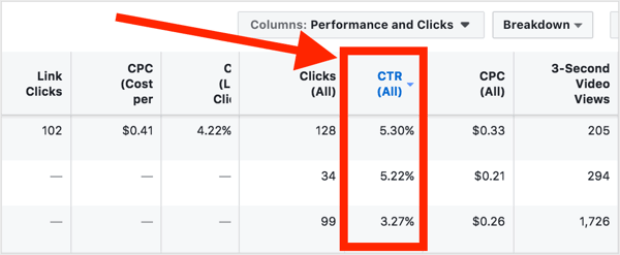
Click-through rates are also a great metric to track for lead generation.
6. Total Purchases—Online and Offline
How many people are purchasing your product? This seems like a given, but it’s so important to keep track of both online and offline sales. Once you have this data, you’ll be able to track trends, understand buyer needs, and so much more.
7. Micro Conversions
When you measure your campaign progress, you’ll already be tracking your macro conversions. Macro conversions are typically big goals like sales.
A micro conversion, on the other hand, is a smaller step on the path to the primary conversion goal. A micro conversion can be anything from watching a webinar to reading a page on your website. Can you identify any for your business?
8. New Visits
Traffic to your website is absolutely necessary for new sales. By measuring the new visitors to your website, you can get a read on how many new customers you’re bringing in versus returning customers.
You can find analytics reports for ads directly within the social media networks’ ad platforms. Be sure to explore these platforms to their fullest and see what type of data you can track to optimize results for your business.
Metrics For Driving Leads
9. Total Leads
How many leads are your social media campaigns driving for your business? You can measure this by setting up conversion goals in your social media ad campaigns. By installing a pixel on your website, you can accurately track your social media advertising successes and failures.
10. Referral Traffic
Where do your website leads come from? In Google Analytics, you can measure your website traffic against your website conversions. This means that you can track which sources are referring traffic to your website and which sources of traffic are most likely to convert into leads.
11. Landing Page Views
Using Facebook ads, advertisers are now able to optimize for landing page views.
Now, you may be wondering how that differs from a click to your website. The secret is that “landing page views” measure the traffic that actually wants to go to your website. For example, a person may click on a link accidentally or click intentionally but then bounce off before getting any real value from the page.
By optimizing your ads and measuring your landing page views, you are improving the quality of traffic to your site.
Wrapping Up
Social media may be just one of the pieces of your marketing strategy, but it’s an important one. Measuring the metrics above can help you make data-informed strategic decisions that will optimize your marketing and increase your bottom line.
Also, think about how you can complement this data with detailed social media analytics. Tools like SocialPilot provide you with downloadable and comprehensive analytics reports that give you a complete overview of your posts’ performance.
And, when you couple social media with a killer lead generation tool like OptinMonster, you really can’t lose.
Which metrics do you track for your marketing goals? Let us know in the comments!



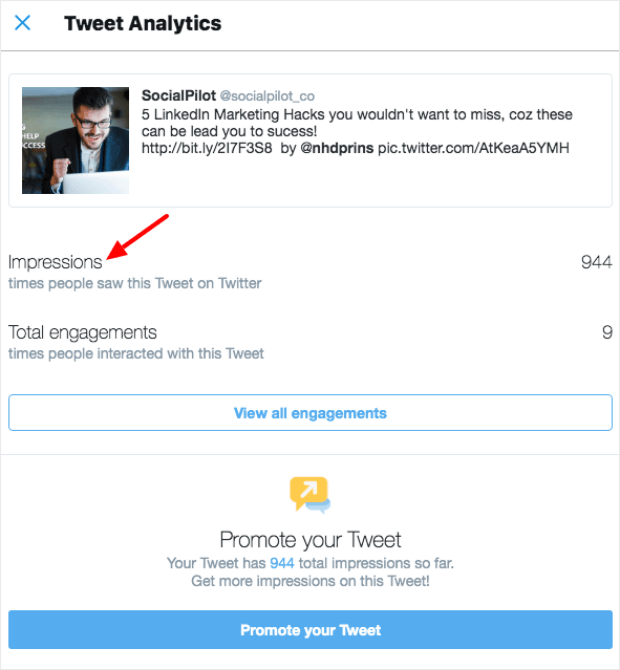
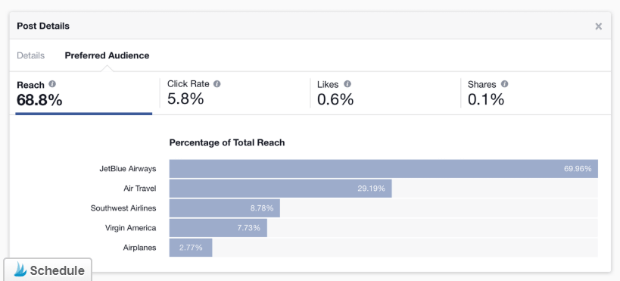
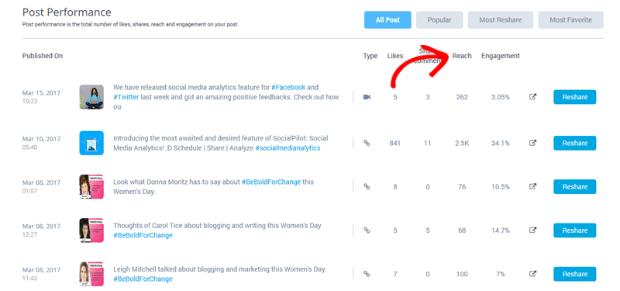

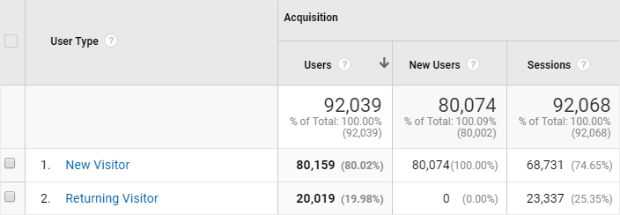
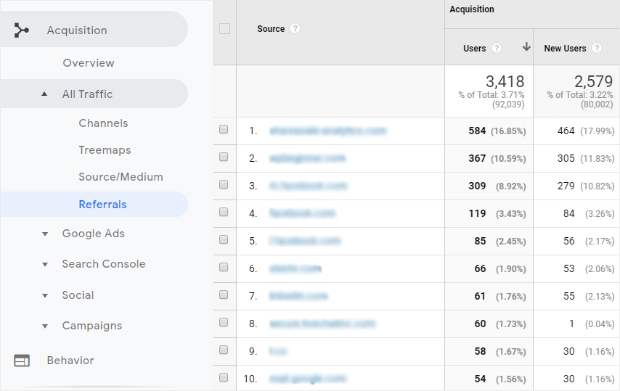








Add a Comment